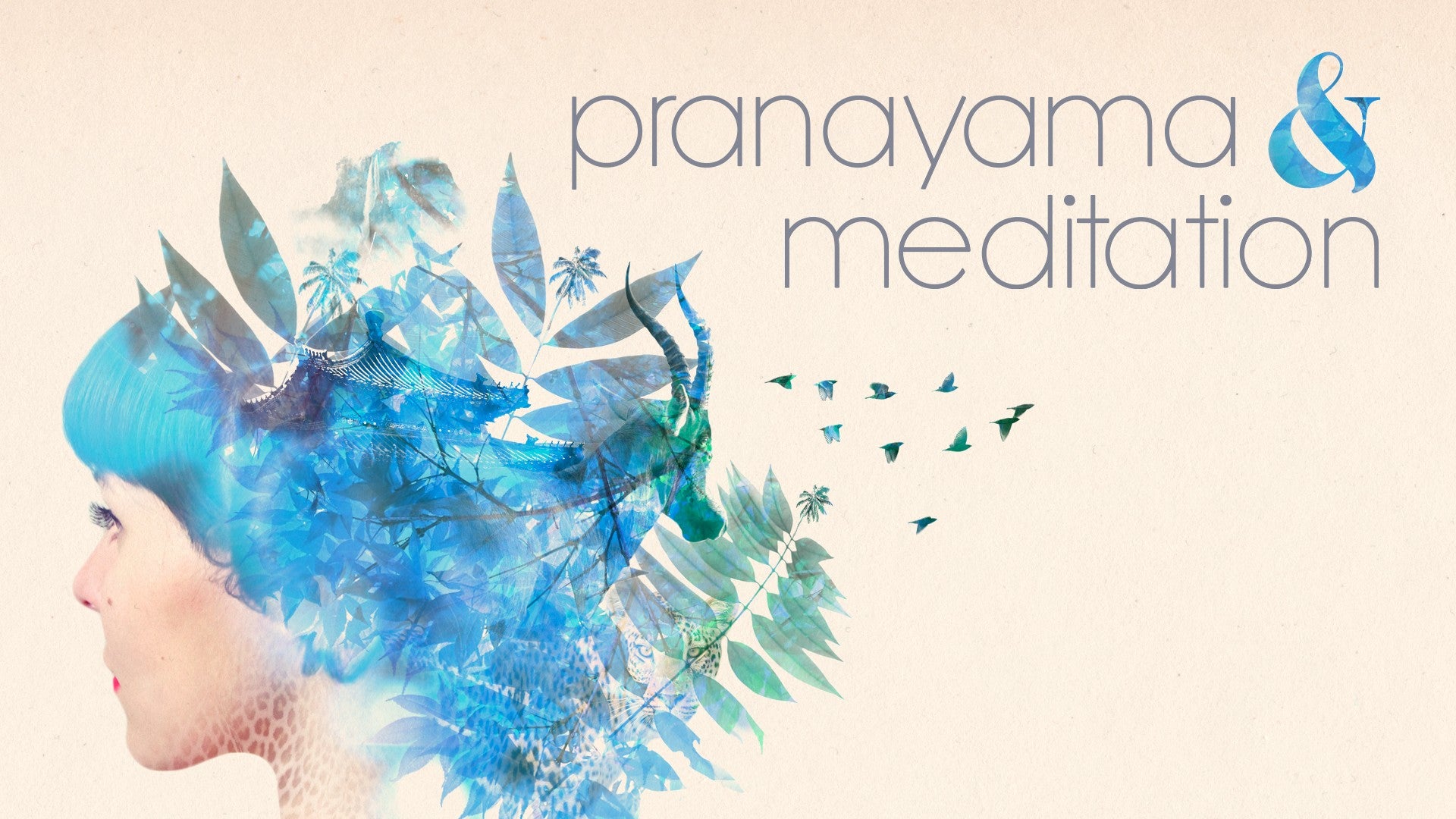Description
About This Video
Transcript
Read Full Transcript
Hi, we're here with our friends Betsy and Alana, and we are working on a formal pranayama known as brahmari, which translates into English as the bee, and you'll understand why that's the case very shortly. Brahmari is usually, there are usually eight pranayamas included in the old text, in the Hatha Pradipika and the Gurdanda text like that, and they may vary slightly from text to text, but brahmari is usually there, and traditionally it's the sounds of the bee are made both on the inhale and the exhale, one of the sounds, I never can remember which is which, is supposed to sound like a male bee, the other is like a female bee, and I'm not really sure what the difference of that would be, but making the sound on the in-breath is quite difficult, and I don't really want to try that today, I will ask the helpers to do the sounds only on the exhalation. Now when you make the sound it's necessary to cover the ears with your fingers, and traditionally it's done by pressing your thumbs into your ear canals, and I don't want you to do that. There are these little projections, I'll turn the head like this, on the sides of your ears right here, and here, the singular name for that is Tragus, plural is Tragi I believe, and what you do is you take your thumb and you start a little bit ahead of that projection and you slide it over, and you press the projection against the ear canal like this, and that will cover the ear canal, but at the same time you won't be pressing your fingers into your ears directly. Now I'm going to ask the helpers to do this in just a second, I don't want you to move your hands quite yet because you won't be able to hear the instructions, but you'll bring your thumbs up onto your Tragi and press them against the ear canals, and then I would like you to take the rest of your fingers and just rest them lightly on the front of your face.
In the old days the fingers were actually used to create certain closures in the nostrils and eyes, we won't worry about that today, we'll keep it very simple, for your own information that's called Shanmukhi Mudra, Shanmukhi means six openings, and the six openings I believe were the eyes and the nostrils and the ears I believe, but for now we'll just rest the fingertips lightly on the face. So what I want you both to do is to take your hands up and we'll do five, we'll do five breaths, okay? So bring your hands up, find those little bumps on the sides of your ears, slide the thumbs over them and cover the ear canals, yes, and just let your fingertips rest lightly on your face. Very good, and now inhale, and five times exhaling out with the sound of a B, a Brahmuri. One, two, three, four, five, six, seven, eight, nine, ten, ten, ten, ten, ten, ten, ten, ten, ten, ten, ten, ten, ten, ten.
Pranayama & Meditation: Diving In
Comments
You need to be a subscriber to post a comment.
Please Log In or Create an Account to start your free trial.










